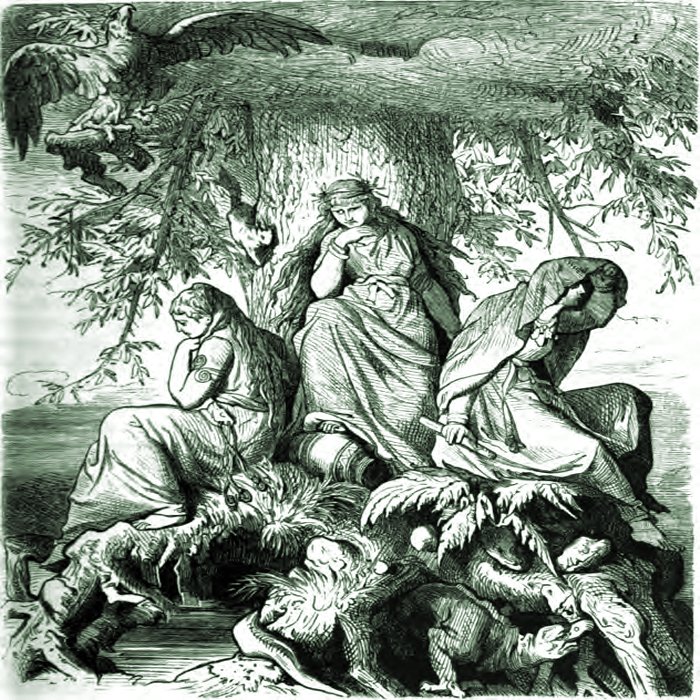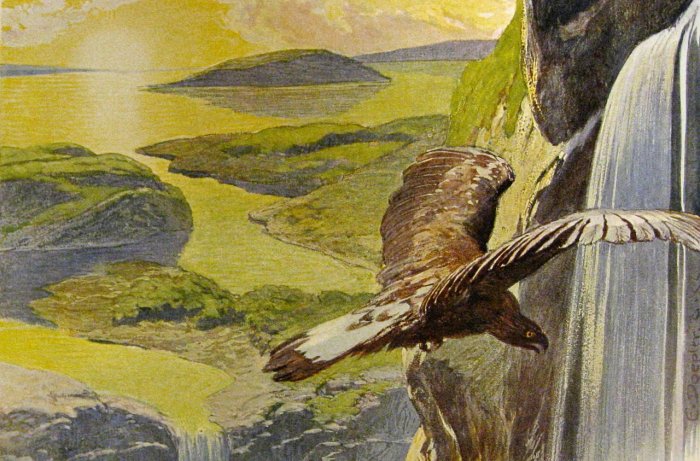Andlang – Spiritual Heaven And Shelter For The Dead After Ragnarok In Norse Mythology
Ellen Lloyd - AncientPages.com - The concept of life after death is often mentioned in Norse mythology, and there are several stories about the journeys of the dead and souls in Norse Sagas.
Andlang offered shelter for those who died during or after Ragnarok. Credit: Public Domain
The afterlife is interesting because it reflects some of the deepest beliefs of the Norse people. For example, the Vikings were convinced that if they died as heroes in a battle, they would be granted access to Valhalla, where God Odin ruled.
Valhalla was a reward for the most challenging struggles, wounds, and, finally, death. Knowing you would enjoy this gigantic and majestic chamber of the fallen heroes, warriors, and mighty chiefs motivated Vikings to become fierce warriors, and they certainly didn't fear death.
As the leader of the dead, God Odin is often mentioned as the one responsible for the souls of the deceased. The Norse deity Odin can be regarded as a counterpart of the Roman Mercury Psychopompus. As a personification of the wind, Odin uses his wings to carry disembodied souls when they leave the mortal sphere.
The Norns Urðr, Verðandi, and Skuld under the world oak Yggdrasil (1882) by Ludwig Burger (1825-1884). - Wägner, Wilhelm. 1882. Nordisch-germanische Götter und Helden. Otto Spamer, Leipzig & Berlin. Page 231.
One of the most critical events that gods, humans, and all living creatures must face and deal with is Ragnarok, an inevitable doomsday that cannot be stopped. Ragnarok is the doom of the gods and an apocalyptic record of the coming comet that will damage the Earth.
The concept of fate dominates Norse mythology, and to the Norse people, fate was a fact of life that could not be avoided or changed. The Norns were goddesses who ruled people's fates and determined the destinies and lifespans of individuals.
Described in the Eddas (1250), a collection of Old Norse poems, Ragnarok will be a horrifying period when life on our planet will perish. People must be prepared for massive earthquakes, fire, and water, with steam and flames reaching the high heavens.
Fenrir, the most infamous of all creatures in Norse mythology, plays an essential role during Ragnarok. This giant monster wolf will kill God Odin and bring chaos to the world.
The new world that rises after Ragnarök, as described in Völuspá (depiction by Emil Doepler). Emil Doepler - Doepler, Emil. ca. 1905. Walhall, die Götterwelt der Germanen. Martin Oldenbourg, Berlin. Page 58. Photographed and cropped by user: Haukurth - Public Domain
Needless to say, like all other doomsday prophecies, Ragnarok offers a pessimistic view of the future. Death, misery, and catastrophes will rule the Earth. Those few who survive will be wishing they died instead.
Snorri Sturluson (1179 – 1241), an Icelandic poet, historian, and politician who wrote the Prose Edda and the Heimskringla, described the existence of nine heavens in his works, similar to the mysterious nine worlds of Yggdrasil – the sacred tree of life in Norse mythology.
According to Snorri, Andlang will be a shelter for the dead after Ragnarok.
Andlang is spiritual heaven where the souls of the dead can gather during and after the destruction of Ragnarok. It is the second of three heavens in the cosmology of his work Gylfaginning which deals with Norse cosmology concepts and the creation and destruction of the world of the Norse gods.
It is above Asgard, the realm of the gods, and below a higher Heaven, Vidblain.
In Gylfaginning, Snorri writes: "Thus says the Prophecy of the Vala:
A hall I know, standing
Than the sun fairer,
Than gold better,
Gimle by name.
There shall good
People dwell,
And forever
Delights enjoy.
Then said Gangleri: Who guards this palace when Surt's fire burns up heaven and Earth? Har answered: It is said that to the south and above this heaven is another heaven, which is called Andlang.
But there is a third, above these and called Vidblain. In this heaven, we believe this mansion (Gimle) to be situated; but we deem that the light elves alone dwell in it now.
While researching the subject of Andlang, we face a problem. No Norse texts mention this place, and Anlang is also never described in Norse runes.
Was Andlang just an invention of Snorri? Scholars made attempts to interpret the name and suggest Andlang could mean "long-" or "far-breathing" and "limitless aether."
Philologist Rudolf Simek who translated many Norse Sagas into German found a connection between Andlang and the Coelus Spiritualis, the "spiritual heaven" in the original Latin version of the Elucidarius.
Still, without finding more sources mentioning Andlang, it's impossible to determine the nature of this heavenly realm.
Written by Ellen Lloyd – AncientPages.com
Updated on November 28, 2022
Copyright © AncientPages.com All rights reserved. This material may not be published, broadcast, rewritten or redistributed in whole or part without the express written permission of AncientPages.com
More From Ancient Pages
-
 Secrets Of Legendary Viking Crystal Sunstones And The Mysterious Uunartoq Artifact Unraveled
Artifacts | Jun 3, 2015
Secrets Of Legendary Viking Crystal Sunstones And The Mysterious Uunartoq Artifact Unraveled
Artifacts | Jun 3, 2015 -
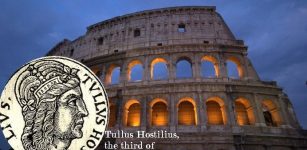 Tullus Hostilius: Warrior King Of Rome, Who Succeeded Numa Pompilius And Feared Prophecies
Featured Stories | Mar 6, 2019
Tullus Hostilius: Warrior King Of Rome, Who Succeeded Numa Pompilius And Feared Prophecies
Featured Stories | Mar 6, 2019 -
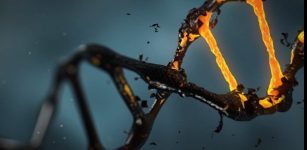 Genetic Links Between Traits Are Often Overstated – UCLA Study
Archaeology | Nov 28, 2022
Genetic Links Between Traits Are Often Overstated – UCLA Study
Archaeology | Nov 28, 2022 -
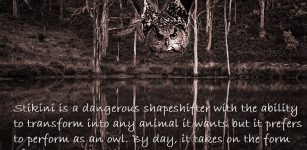 Stikini ‘Man-Owl’ – Sinister Vampiric Monster That Works In Disguise
Featured Stories | Jan 29, 2019
Stikini ‘Man-Owl’ – Sinister Vampiric Monster That Works In Disguise
Featured Stories | Jan 29, 2019 -
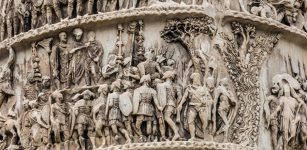 Impressive Column Of Emperor Marcus Aurelius – War Monument From Ancient Rome
Featured Stories | Jul 6, 2017
Impressive Column Of Emperor Marcus Aurelius – War Monument From Ancient Rome
Featured Stories | Jul 6, 2017 -
 Ancient Maya People Used Volcanic Ash To Build Pyramids When Huge Eruption Occurred
Archaeology | Sep 22, 2021
Ancient Maya People Used Volcanic Ash To Build Pyramids When Huge Eruption Occurred
Archaeology | Sep 22, 2021 -
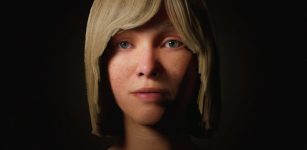 Fascinating Virtual Avatar Of Mysterious Egtved Girl Created – What Is Her Story?
Archaeology | Dec 19, 2022
Fascinating Virtual Avatar Of Mysterious Egtved Girl Created – What Is Her Story?
Archaeology | Dec 19, 2022 -
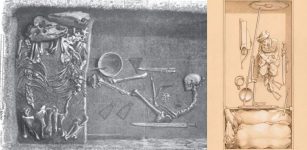 Birka Warrior Was A Woman – DNA Reveals
Archaeology | Feb 15, 2018
Birka Warrior Was A Woman – DNA Reveals
Archaeology | Feb 15, 2018 -
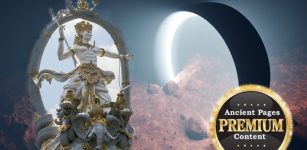 Strange Ancient Abduction Case And Mysterious Journey To A Snake King’s Palace In A Parallel World
Featured Stories | May 1, 2021
Strange Ancient Abduction Case And Mysterious Journey To A Snake King’s Palace In A Parallel World
Featured Stories | May 1, 2021 -
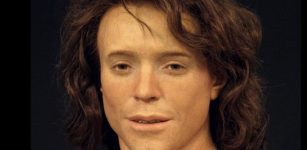 Reconstructed Face Of A Young Man Who Lived Some 1,300 Years Ago
Archaeology | Jun 11, 2019
Reconstructed Face Of A Young Man Who Lived Some 1,300 Years Ago
Archaeology | Jun 11, 2019 -
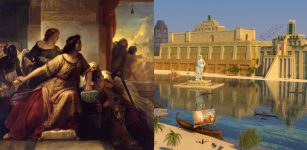 Mystery Of Queen Semiramis: Famous And Powerful Ancient Ruler And Warrior Queen
Featured Stories | Feb 15, 2018
Mystery Of Queen Semiramis: Famous And Powerful Ancient Ruler And Warrior Queen
Featured Stories | Feb 15, 2018 -
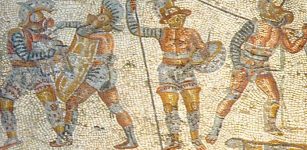 Were There Gladiators In Roman Britain? An Expert Reviews The Evidence
Featured Stories | Mar 14, 2023
Were There Gladiators In Roman Britain? An Expert Reviews The Evidence
Featured Stories | Mar 14, 2023 -
 10 Ancient Chinese Musical Instruments You Didn’t Know About
Featured Stories | Jan 20, 2016
10 Ancient Chinese Musical Instruments You Didn’t Know About
Featured Stories | Jan 20, 2016 -
 Arian Tower: Pyramid-Shaped Mausoleum Of Nobleman Was Built On Top Of Medieval Hill Fort
Archaeology | May 19, 2018
Arian Tower: Pyramid-Shaped Mausoleum Of Nobleman Was Built On Top Of Medieval Hill Fort
Archaeology | May 19, 2018 -
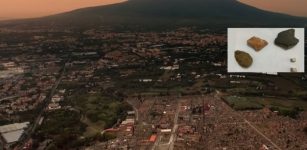 Stolen Artifacts Returned To Pompeii – Believed To Be Cursed -They Brought Misfortunes To A Woman And Her Family
Artifacts | Oct 13, 2020
Stolen Artifacts Returned To Pompeii – Believed To Be Cursed -They Brought Misfortunes To A Woman And Her Family
Artifacts | Oct 13, 2020 -
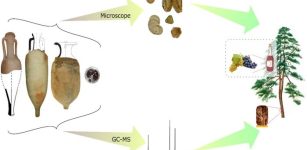 Underwater Jars Reveal Roman Period Winemaking Practices
Archaeology | Jun 30, 2022
Underwater Jars Reveal Roman Period Winemaking Practices
Archaeology | Jun 30, 2022 -
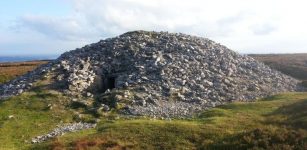 Ancient Irish Practiced Special Burial Rituals Such As Dismemberment Of Bodies
Archaeology | Sep 18, 2017
Ancient Irish Practiced Special Burial Rituals Such As Dismemberment Of Bodies
Archaeology | Sep 18, 2017 -
 Codex Gigas – The Devil’s Bible – Ancient Secrets Of The World’s Largest Book
Artifacts | Jun 15, 2014
Codex Gigas – The Devil’s Bible – Ancient Secrets Of The World’s Largest Book
Artifacts | Jun 15, 2014 -
 Archaeologists Discover Ancient Mayan Board Game – Here’s What It Can Teach Modern Educators
Featured Stories | May 19, 2023
Archaeologists Discover Ancient Mayan Board Game – Here’s What It Can Teach Modern Educators
Featured Stories | May 19, 2023 -
 Pharos Of Alexandria – One Of The First Lighthouses In The Ancient World
Featured Stories | Sep 1, 2015
Pharos Of Alexandria – One Of The First Lighthouses In The Ancient World
Featured Stories | Sep 1, 2015


